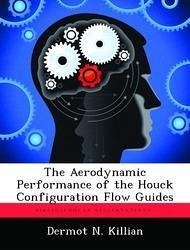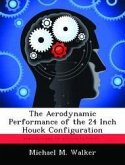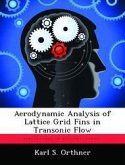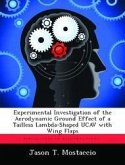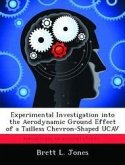In an effort to explore efficient wing designs for UAV's, the Air Force is investigating the patented Houck Aircraft Configuration, which is a joined-wing aircraft with curved flow guides of varying camber connecting the upper and lower wingtips. Models were drawn in three-dimensions using Solidworks with upper and lower wings drawn as identical NACA 2412 airfoil sections for all models. A variety of airfoil sections between the upper and lower wingtips were drawn and rotated to achieve a combination of cant and angle of attack variation. Subsequently, a solid part was lofted through these sections and merged with the upper and lower wings. Each model was built by a rapid prototype machine. A six-component balance in the AFIT low-speed wind tunnel provided measurements yielding the aerodynamic data of each model. Comparisons are made to the same basic planform area without flow guides and to a case where the wingtips are joined with a flat plate. At a Reynolds number of 38K, the increase in skin friction drag outweighed any possible reduction of induced drag. However for Reynolds numbers in the 57K to 120K range, improvements in L/Dmax of about 2-5% over the no flow guide case were measured.
Hinweis: Dieser Artikel kann nur an eine deutsche Lieferadresse ausgeliefert werden.
Hinweis: Dieser Artikel kann nur an eine deutsche Lieferadresse ausgeliefert werden.

